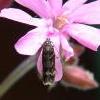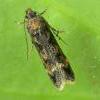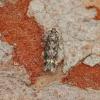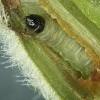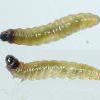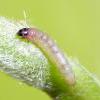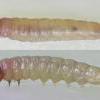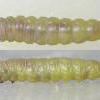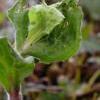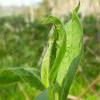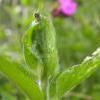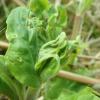35.129 Caryocolum viscariella (Stainton, 1855)
Status and Distribution
Local, occasionally locally common but with a rather patchy distribution, in England and the Isles of Scilly; local to very local in parts of Wales and the southern half of Scotland where it is mainly found at coastal sites. Apparently absent from the rest of Scotland (including the islands), Ireland, Northern Ireland, Isle of Man and the Channel Islands with the exception of isolated records from two adjacent sites on the northern coast of north-east Scotland and a few records from The Burren, western Ireland.
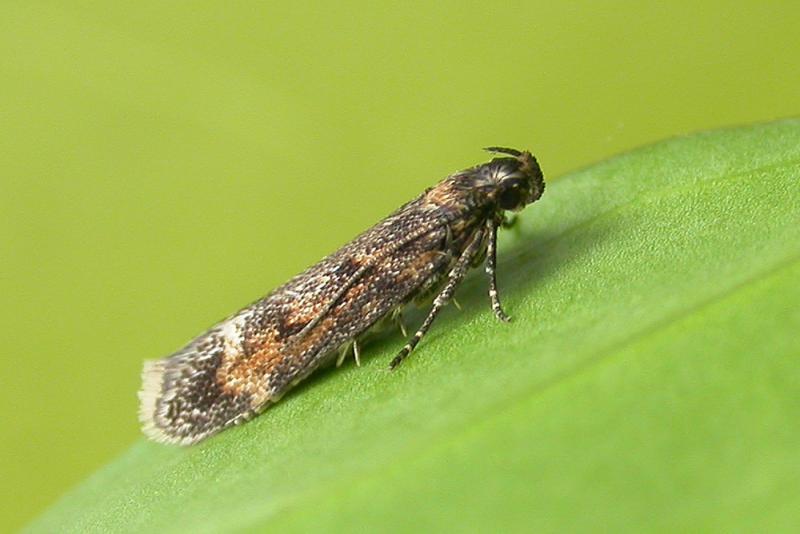
Provisional map
Habitat
Finding the Moth
Larva: from late March to mid-June when it feeds inside a spun shoot and terminal leaves, which become distorted. A mass of characteristic black frass builds up inside the spinning. Later it bores into the central stem which becomes swollen.
Adult: can be obtained by sweeping the foodplant during the day, flies at night and comes to light. There is a historic record of it being attracted to sugar on a tree trunk in June and it has been beaten from an oak tree.
Similar Species
Caryocolum species generally have a similar wing patterning but vary, even within species, in the extent of darker markings. Where dark forms of any species are encountered it is unlikely that a determination can be made on forewing features alone. Caution should be applied particularly when attempting to identify specimens with any degree of wear and in many cases dissection is recommended - in all but one pair of species (alsinella/viscariella) the genitalia are distinctively different.
Comparison with C. alsinella
C. alsinella (wingspan 7.5 - 11mm) is usually significantly smaller than C. viscariella (10 - 14mm) but there can be a slight overlap, has more white scales in the centre of the forewing, lacks the small orange-ochreous patch in the basal area and the angulated fascia from costal to tornal spot is white (light yellowish-brown in C. viscariella). Although the genitalia are very similar the foodplant, distribution and habitat preferences may assist with the identification process.
Comparison with C. fraternella
C. fraternella is a fairly similar size (wingspan 9 - 13mm) and has a similar colouration but the dark bar from the costa to the fold is often lost in the general dark colouration extending along the costa. The warm yellow lower surface of segment two of the labial palps in C. fraternella is distinctive to that species in Britain; in C. viscariella it is yellowish-cream coloured below but heavily mottled with blackish brown.
Single brooded from late June to late August
Earliest: 15th June 1986 (VC1)
Latest: 31st August 1987 (VC66)

